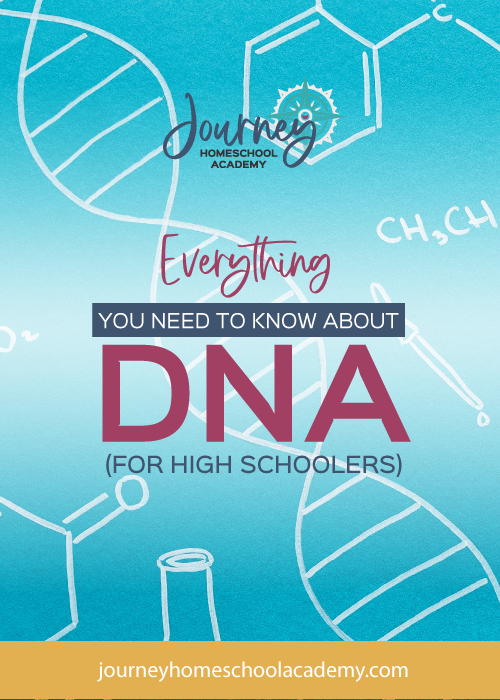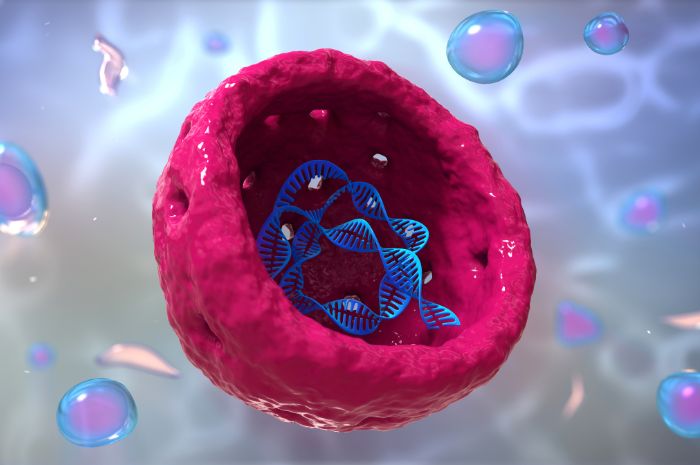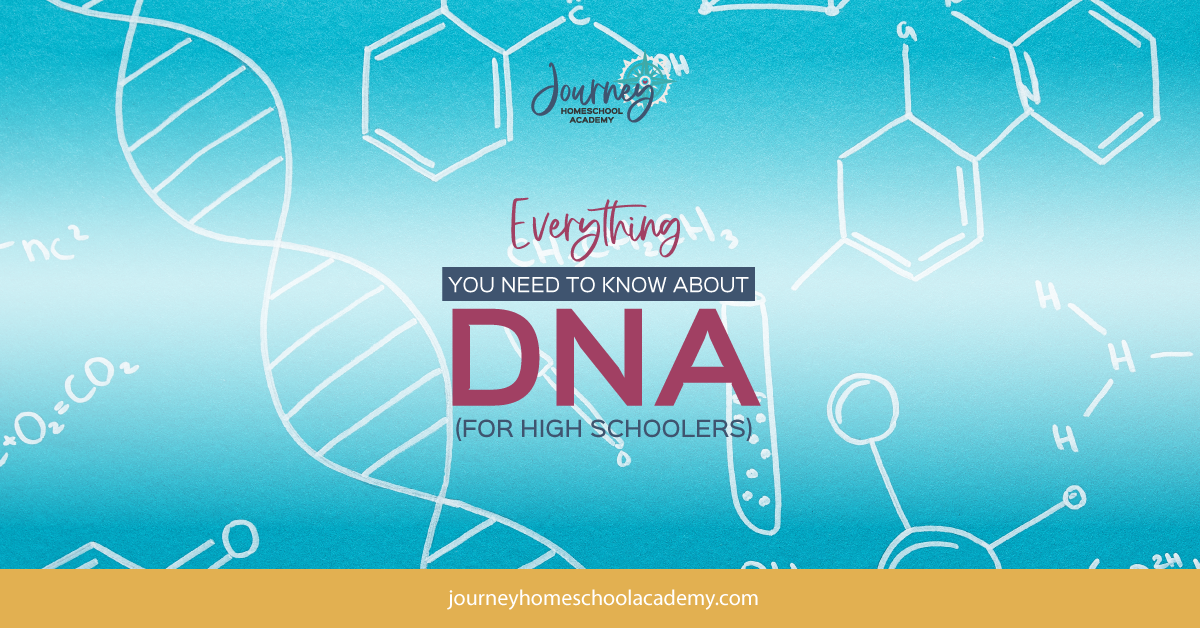DNA, also known as deoxyribonucleic acid (try spelling that without looking!), is a core foundation of who we are as humans. DNA is responsible for our genetic makeup, which is what makes us unique individuals. There’s a reason no two humans are exactly the same, and we can thank DNA for this.

To better understand DNA and how it affects our human characteristics, we need to understand the science behind it.
Deoxyribonucleic Acid Explained
Simply put, deoxyribonucleic acid is a molecule. Each DNA molecule carries essential genetic information that affects every part of the human body and how it grows and functions. It sounds pretty straightforward, right?
Well, not quite. Within each molecule is a beautifully designed network of strands that resemble the shape of a ladder! The sides of the “ladder,” also known as the “backbone” of DNA, are composed of sugar and phosphate molecules. Attached to these sugar/phosphate molecules is one of four bases. When two bases pair up, it forms the “rungs” of the ladder shape.
Let’s talk about each base in-depth.
What are the four bases of DNA?

You can’t have a ladder without rungs to climb on! In DNA, there are four bases that complete the double helix shape:
- Adenine (A)
- Cytosine (C)
- Guanine (G)
- Thymine (T)
It’s important to note that each base connects to another in a very specific way. Adenine can only pair with thymine, and cytosine can only bond with guanine!
To better understand the four bases of DNA and how they work with the backbone, check out this DNA replication labeling worksheet.
Where is DNA found?

For starters, DNA is found in our bodies from the moment of conception! Of the approximately 30 trillion cells in each human body, DNA is found in the majority of them (though not all). DNA is usually stored in the nucleus (AKA the control center) of each cell. It’s easy to picture a cell nucleus, but in reality, cells are extremely small and definitely not visible to the naked eye.
A small amount of DNA can also be found in the cell mitochondria. Like the nucleus, the mitochondria are also within the cell, but it is responsible for making most of the energy for the cell. In addition, the genetic information found within the mitochondria is different from the genetic information found within the nucleus.
So how is DNA unique for each individual?

Believe it or not, more than 99.9% of our DNA sequence is the exact same as every other person on Earth, and our genes are all arranged in the exact same order! It’s that remaining 0.1% that sets us apart; a difference can be as simple as a variance in the shape of a protein or how much protein is made.
Although 0.1% seems small, think about the main characteristics of humans. We all were designed by God to have a set number of arms, legs, eyes, ears, etc. Of course, a small number of humans are born with missing or extra physical features, but the norm is two arms, two legs, one head (with hair), one liver, two lungs, etc.
Now think about how different you and your friends are. I have blonde, curly hair, blue eyes, and a weird gap between my first two toes. My friend has dark, straight hair, brown eyes, and thin feet. Although we both possess the basic features attributed to a human female (hair, eyes, feet), the difference in our physical features is what makes us unique and look nothing alike.
How incredible is it that such a small difference can result in billions of irreplicable people?

See a DNA Structure Labeled (And More!) With Experience Biology
Do you still have questions about DNA and the essential part it plays in our existence as humans? Experience Biology has the answers! Journey Homeschool Academy is proud to offer this high school biology course that includes the following:
- Weekly engaging video lessons
- Lab work (with lab video lessons!)
- Quizzes and tests
- Lesson outlines
- …And much more!
Understanding the world around us increases our appreciation for God’s creation and how he made us as humans. Experience Biology goes beyond picture books and nature walks and offers a deeper level of understanding of the world of biology, including the incredible topic of DNA.
